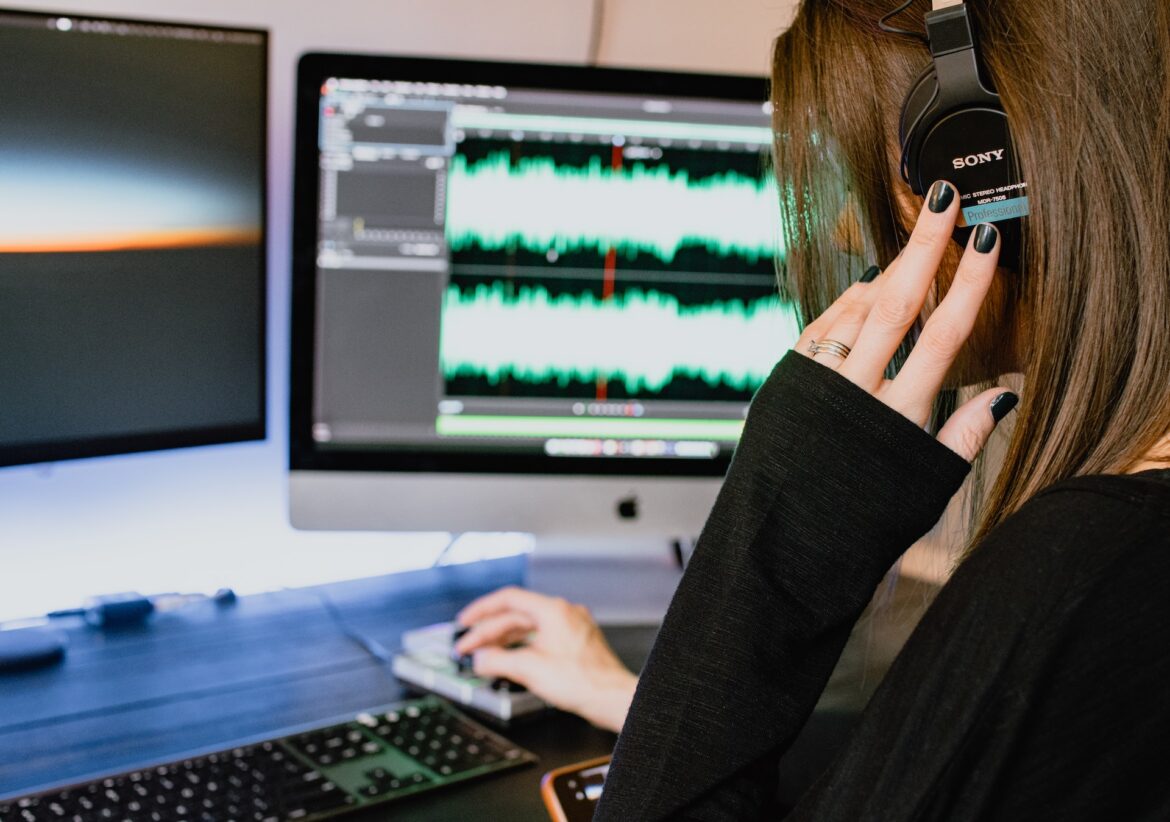
Technology is pivotal in streamlining processes and enhancing the overall viewer experience. One of the latest advancements in this field is AI-voice narration, a powerful tool that can save time and provide high-quality voiceovers for your video projects. Let’s explore five ways to master AI-voice narration for video production, ensuring you leverage this innovative technology to its fullest potential.
1. Select the Right AI-Voice Provider
The first step in mastering AI-voice narration is to choose a reliable AI-voice provider. Several platforms offer AI-driven voiceover services, each with its features and capabilities. Consider factors such as voice quality, language options, and pricing when selecting a provider that aligns with your project’s needs. Some popular options include Amazon Polly, Google Cloud Text-to-Speech, and IBM Watson Text-to-Speech.
2. Write Clear and Concise Scripts
Effective voiceovers start with well-written scripts. When crafting your script, aim for clarity and conciseness. Keep sentences and phrases straightforward to ensure the AI voice can articulate them naturally. Avoid complex jargon or lengthy sentences that may be challenging for the AI to vocalize. Additionally, consider the tone and pacing of your script to match the intended mood of your video.
3. Choose the Right Voice and Tone
AI-voice narration allows you to select from various voices and tones to suit your video’s content and style. Depending on your project, you may opt for a formal, friendly, or playful tone. Select a voice that resonates with your target audience and aligns with your video’s message. Many AI-voice providers offer multiple voice options, enabling you to find the perfect fit for your video.
4. Adjust Speech Rate and Intonation
Customization is a key advantage of AI-voice narration. Most platforms allow you to adjust the speech rate and intonation to match your video’s desired pace and emotion. Experiment with different settings to find the right balance between clarity and engagement. Be mindful of pacing, as overly fast or slow speech can impact the video’s effectiveness.
5. Review and Fine-Tune
After generating the AI-voice narration, reviewing and fine-tuning the audio is essential. Listen to the narration carefully to identify any pronunciation or intonation issues. Some words or phrases may require manual adjustments to ensure accuracy and natural flow. Additionally, check for background noise or unwanted artifacts that can be removed during post-production.
Conclusion
AI-voice narration is a valuable tool that can revolutionize the way you approach video production. By selecting the right AI voice provider, writing clear scripts, choosing the appropriate voice and tone, adjusting speech rate and intonation, and reviewing and fine-tuning the narration, you can harness the power of AI to streamline your video production process and improve audience engagement. As technology advances, AI-voice narration opens up exciting possibilities for content creators and businesses looking to create professional, compelling videos efficiently. Mastering this innovative technology will save you time and elevate the quality of your video projects, enhancing your ability to connect with your audience effectively.


